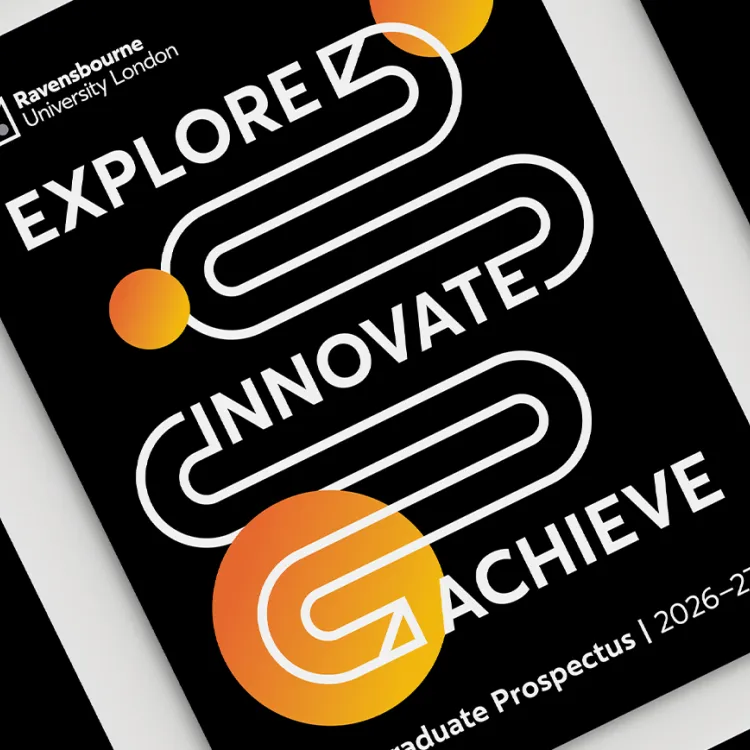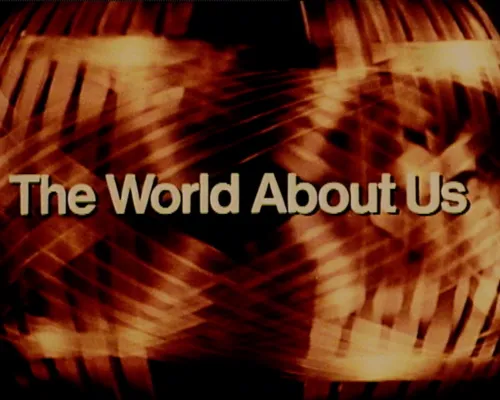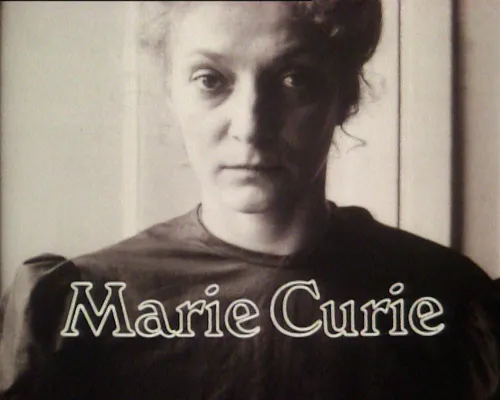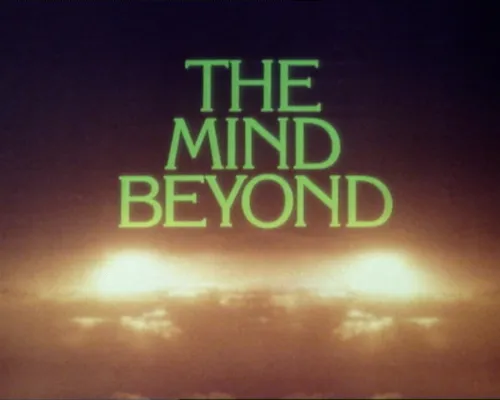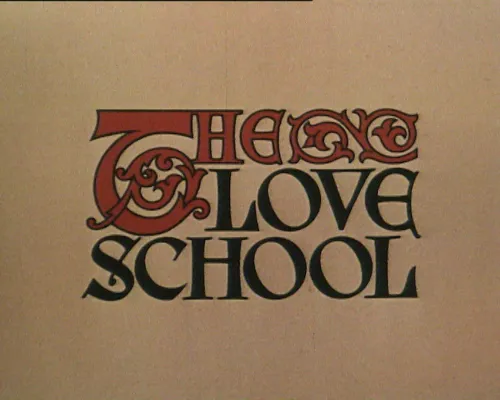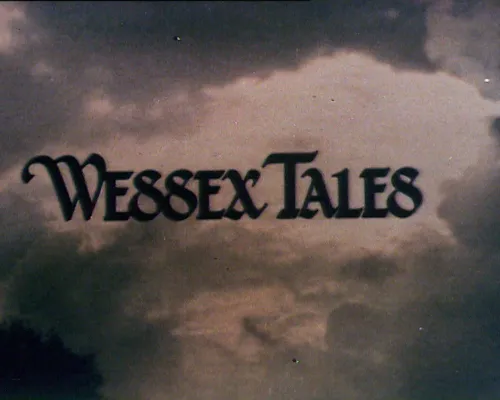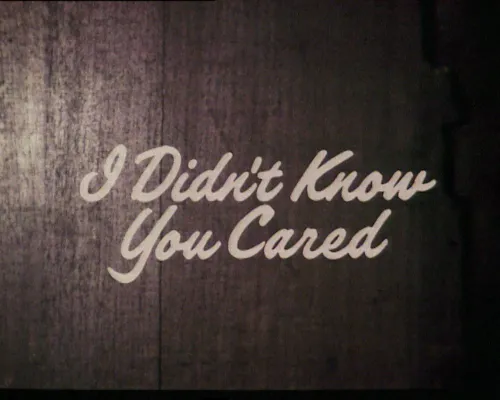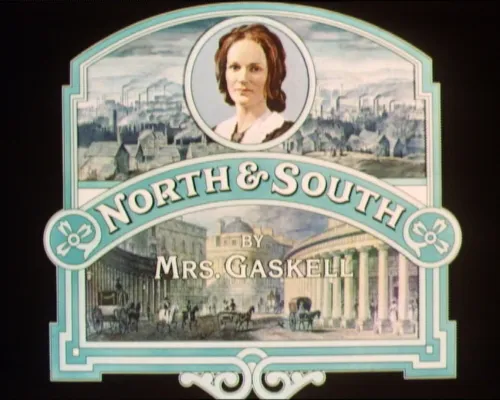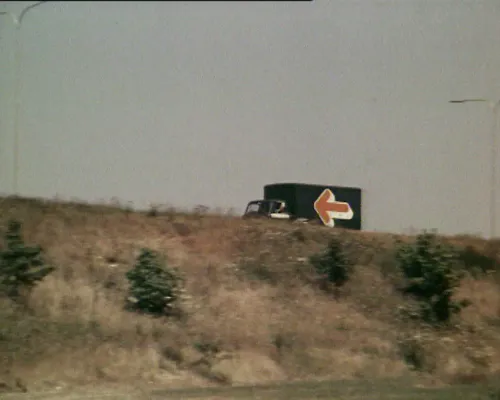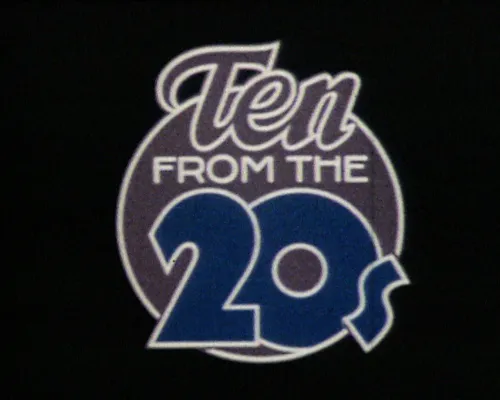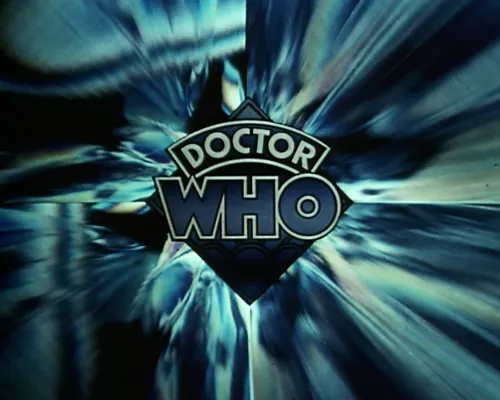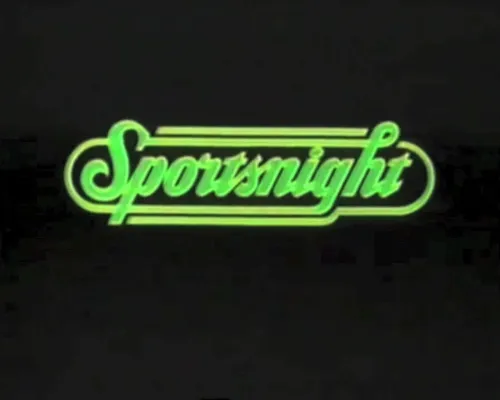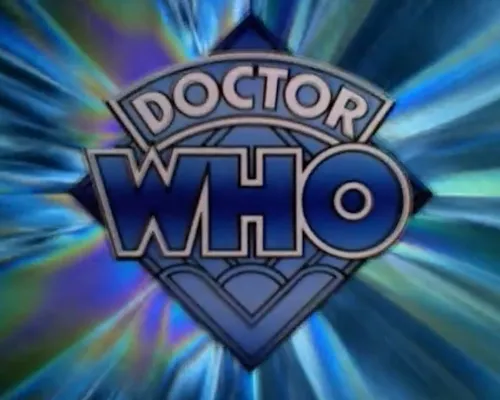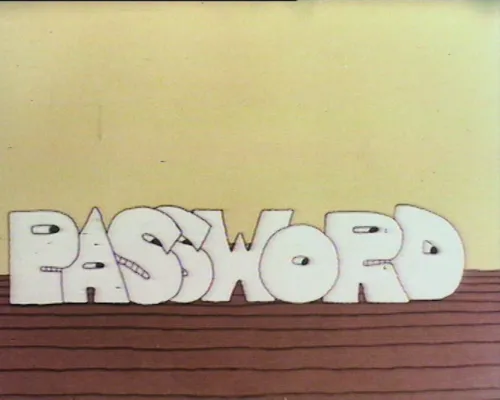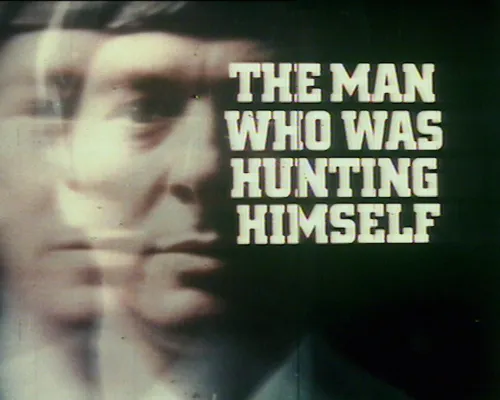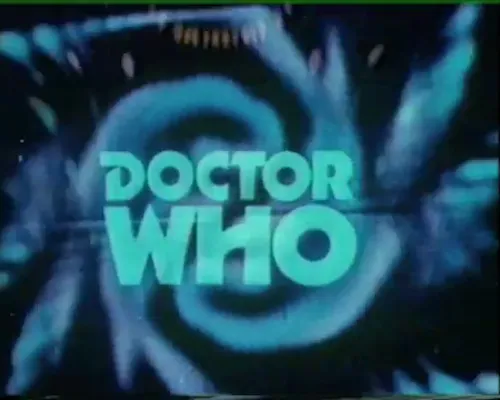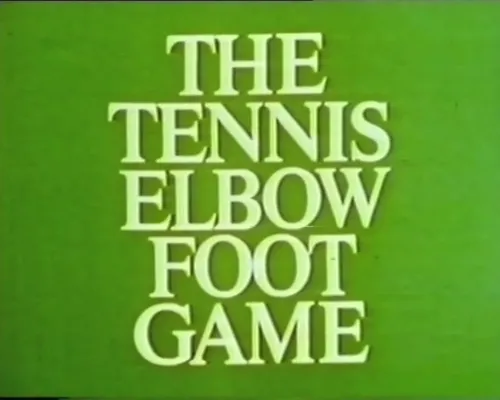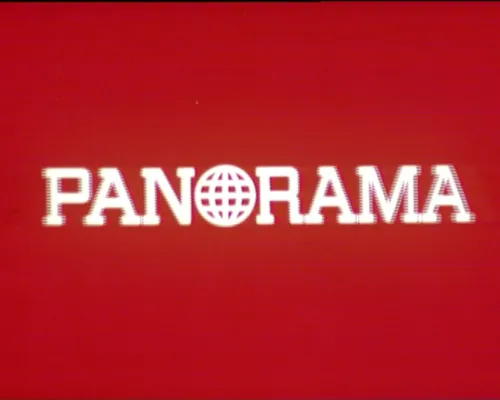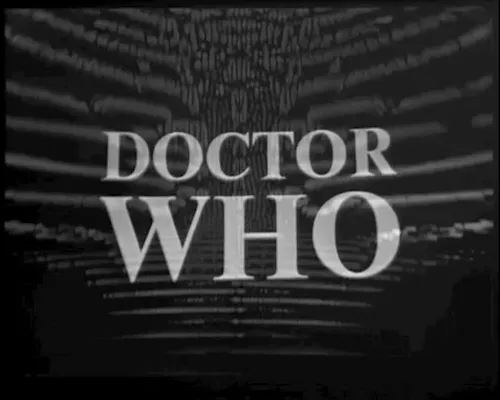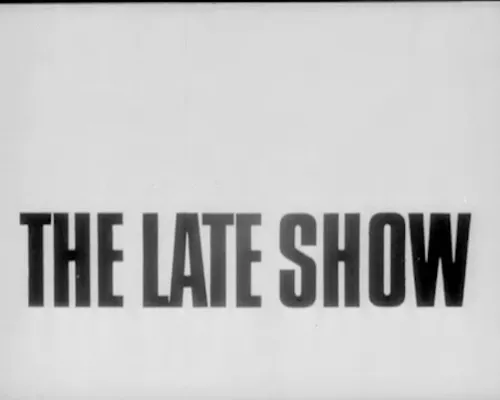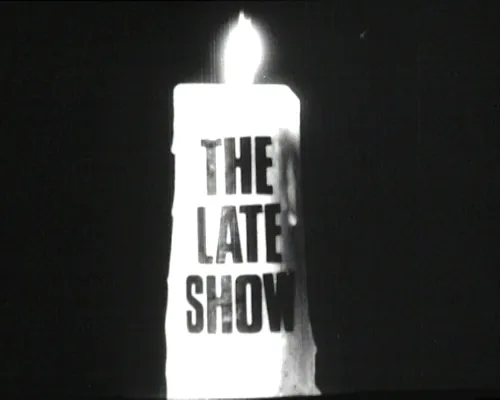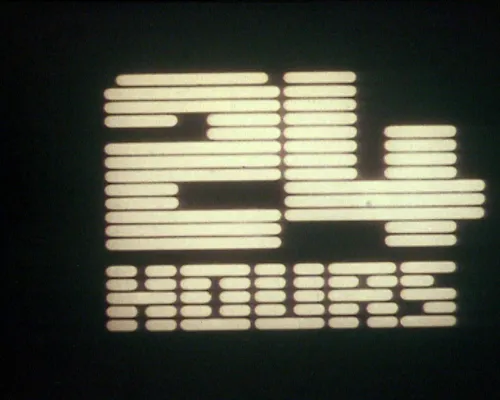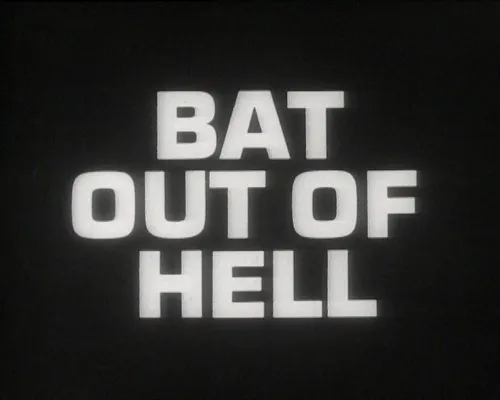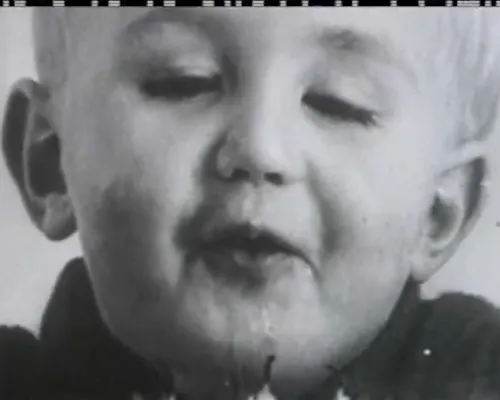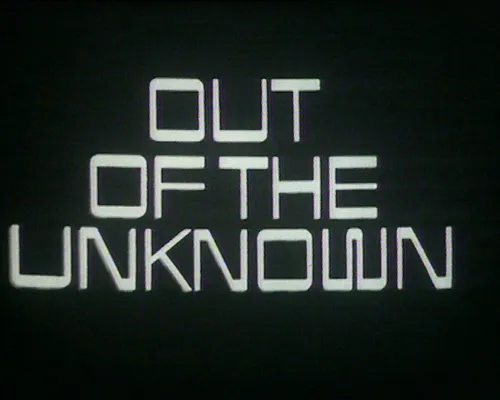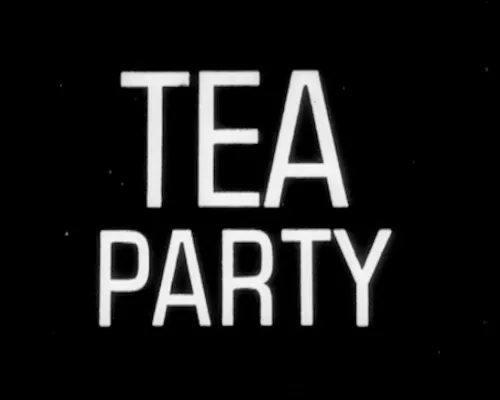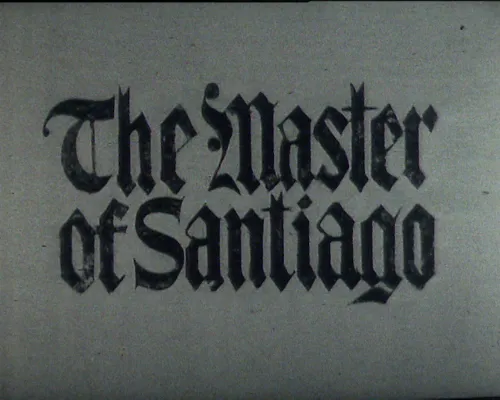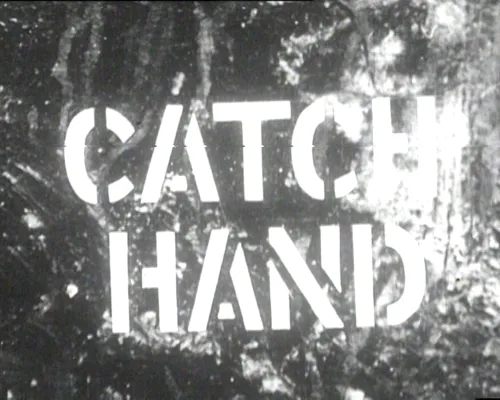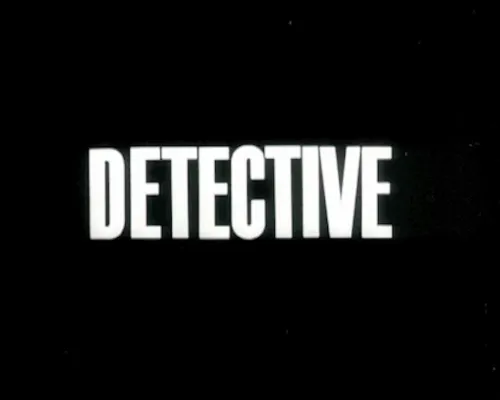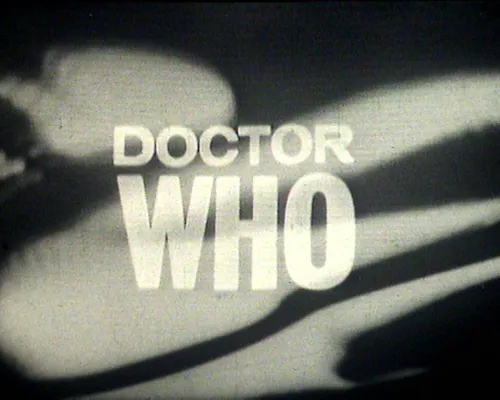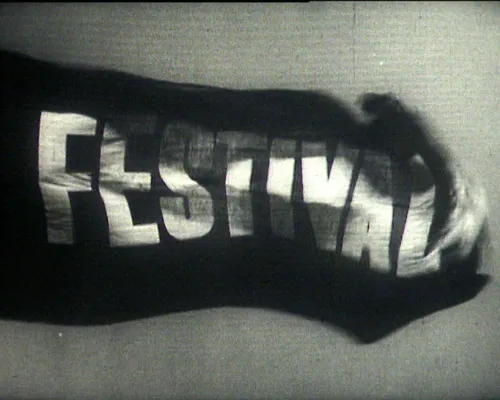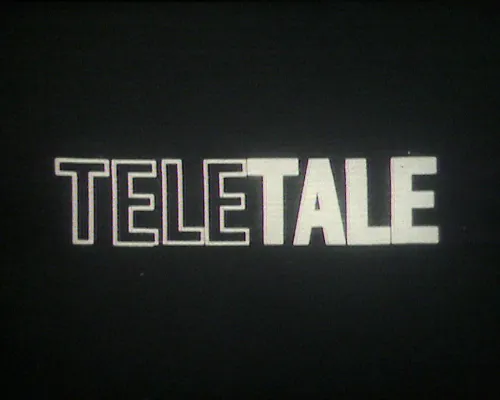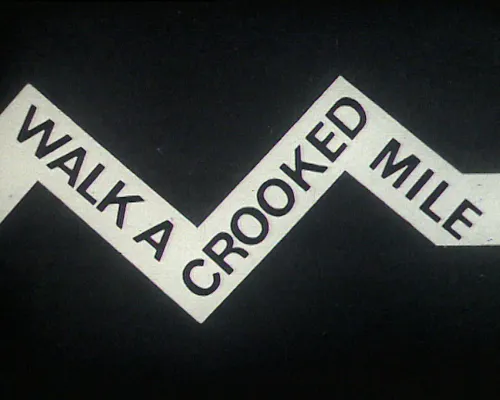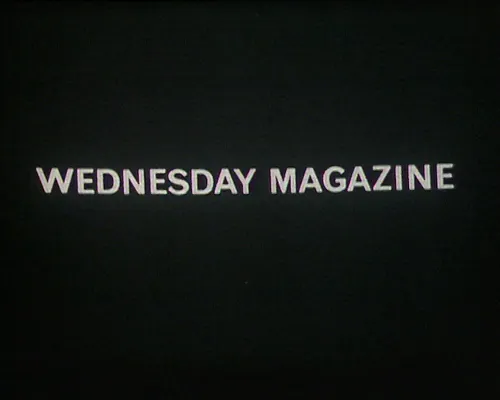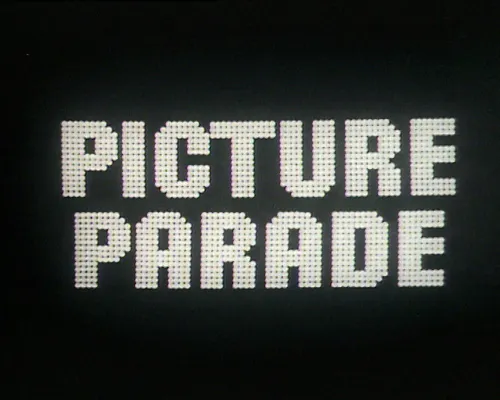Bernard Lodge
Bernard Lodge interview
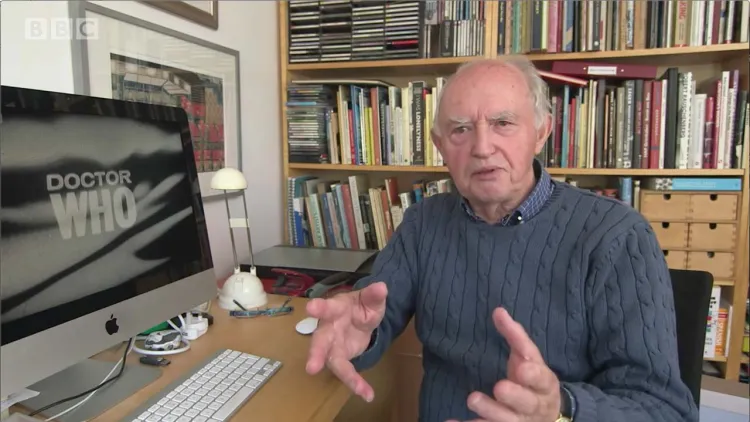
About Bernard...
Bernard Lodge was a pioneer designer in television motion graphics and enjoyed a prestigious career at BBC Television which he joined in 1960. He finally left in 1977 to form his own company, in which he was subsequently joined by Colin Cheesman, Head of Graphic Design at BBC Television, and together they founded Lodge-Cheesman, one of the earliest independent motion graphics design consultancies, which was a role model for other BBC colleagues who left the Corporation to join the expanding independent creative design sector in the 1980s and 1990s.
In an interview which ranges over his work for the BBC he discusses getting to understand and use the new medium of television with creativity. He makes reference to his early work on programmes such as ‘Teletale’ (1963) and ‘The Late Show’ (1966) and a growing desire to use the medium in a much more filmic way in title sequences like ‘Detective’ (1964), ‘Tea Party’ (1965) and ‘Wessex Tales’ (1975), all of which garnered creative awards from Design & Art Direction. Much of his work throughout the 1960s and 1970s was honoured by D&AD, including a Silver Award for ‘The Mind Beyond’ title sequence in 1976. He pioneered the television use of the computer-controlled rostrum camera to produce effects with light and artwork and broke new ground creatively experimenting with slit-scan techniques developed by Douglas Trumbull for the Stargate sequence in Stanley Kubrick’s ‘2001’. He used slits derived from outline shapes of Doctor Who and the Tardis to produce his 1974 slitscan titles for ‘Doctor Who’ and in the same year Bernard Lodge’s creativity was recognised with an Award from the Royal Television Society for Best Graphics for his work on ‘Doctor Who’.
He has also written and illustrated children’s books and since retirement from film and television work has devoted his creative energy to printmaking from hand carved wood and lino, which he prints by hand on an old Victorian printing press in his Sussex studio.
